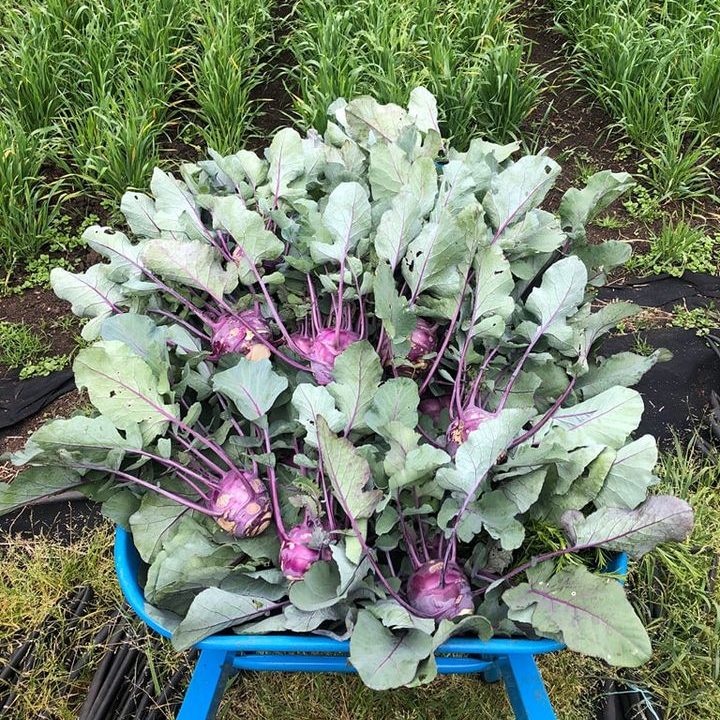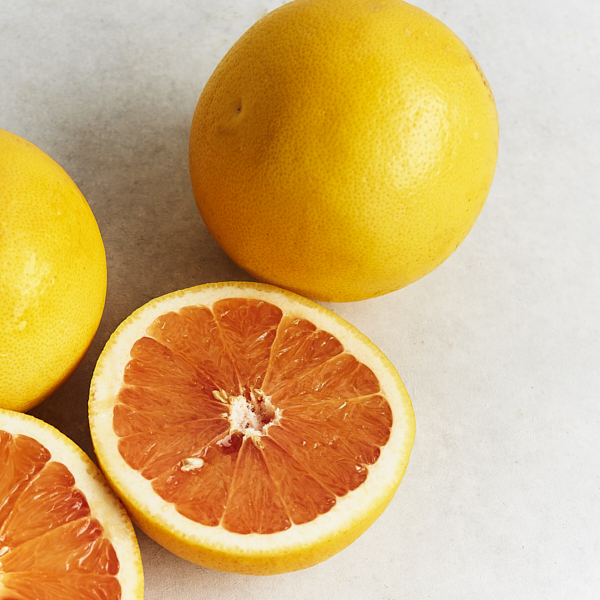Fruit and veg storage guide
Use this guide to help keep your fresh produce at its best. Reduce food waste at home and enjoy nutritious, organic fruit and vegetables full of life and flavour.
Click here to download our mini guide for your fridge!
Storing vegetables
Trim the ends and keep in a jar of water – either on the bench or topped with a reusable plastic bag in the fridge. Alternatively, refrigerate wrapped in a damp tea towel or in a sealed container.
Refrigerate wrapped in a damp cloth in the crisper drawer, or in a reusable bag or airtight container.
Refrigerate wrapped in a damp cloth in the crisper drawer, or in a reusable bag or airtight container.
Refrigerate wrapped in a damp cloth in the crisper drawer, or in a reusable bag or airtight container.
Refrigerate wrapped in a damp cloth in the crisper drawer, or in a reusable bag or airtight container.
Refrigerate wrapped in a damp cloth in the crisper drawer, or in a reusable bag or airtight container.
Carrots and carrot scraps are ideal in a basic veggie stock.
Refrigerate wrapped in a damp cloth in the crisper drawer, or in a reusable bag or airtight container. Avoid discarding the outer leaves when storing, they will help to keep the cabbage fresh.
Refrigerate wrapped in a damp cloth in the crisper drawer, or in a reusable bag or airtight container.
Refrigerate wrapped in a damp cloth in the crisper drawer, or in a reusable bag or airtight container. Don’t forget to use the whole veg! Crunchy cauliflower leaves and the stem are delicious, especially when roasted!
Celery can be cut to size (remove base), soaked and washed in cold water. Allow to drain and refrigerate wrapped in a damp tea towel or in an airtight container.
Base and unused tips can be added to the stock pot or frozen with other scraps.
Sweet corn keeps best with the husk left on, refrigerated in a reusable bag or sealed container. Best eaten as soon as possible after harvest when they’re juiciest and extra sweet – make them your next meal!
Refrigerate wrapped in a damp cloth in the crisper drawer, or in a reusable bag or airtight container.
Remove the leafy tops to help the roots stay hydrated – store separately but use both! Refrigerate the roots wrapped in a damp cloth or in a reusable bag or container. Carrot tops can make a delicious pesto or add them to your stock pot.
Store in a reusable bag or sealed container in the fridge. Eggplant doesn’t like moisture, avoid washing until you are ready to prepare it.
Store in a cool dark place.
Garlic can also be stored in the fridge, particularly in spring when the natural inclination of the bulb is to sprout. Excess cloves starting to sprout and at risk of being wasted can also be stored in a jar in the freezer – frozen cloves will keep their flavour and can be added whole or grated into the pot when cooking soups and stews, though will be mushy if left to thaw.
Freshly harvested ginger with a thin skin should be kept in the fridge. Older ginger with a drier skin can be stored in a cool dark place. Ginger can also be frozen like garlic, and used directly without thawing.
Trim the ends, remove any ties or rubber bands, and keep in a jar of water – either on the bench (esp for basil, see below) or covered with a reusable plastic bag in the fridge. Refresh the water every few days. Alternatively wrap herbs in a damp tea towel or paper towel and place in a sealed container or ziplock bag in the fridge.
*Basil keeps best without moisture and doesn’t like the cold – it will keep best on the bench in a jar of water. Trim the ends, refresh the water regularly and keep out of direct sunlight.
Refrigerate wrapped in a damp cloth or in a reusable bag or airtight container. Alternatively trim the ends and keep in a jar of water – either on the bench or topped with a reusable plastic bag in the fridge.
Wash well before use, and remember both the leaves and stems are valuable and delicious!
Greens galore? Kale tapenade, hearty ribollita, and this kale ricotta pasta are some of our favourite use-it-up meals.
Our eco cellophane bags are fully home compostable but are not intended for storage. Remove and store loose leaf greens in an airtight container or bag. Wash leaves well before use.
Best stored in a paper bag in the fridge. Avoid washing – remove any dirt by wiping with a damp cloth.
Best stored in a cool, dark, dry place out of the fridge. Try a breathable canvas or hessian bag, or a paper lined basket. Note: potatoes and onions will keep better if separated.
Refrigerate wrapped in a damp cloth in the crisper drawer, or in a reusable bag or airtight container.
Best stored in a cool, dark, dry place out of the fridge. Try a breathable canvas or hessian bag, or a paper lined basket. Note: potatoes and onions will keep better if separated.
Whole pumpkins can be stored with potatoes in a cool, dark spot. Once cut, store pumpkin in the fridge.
Remove the leafy tops to help the roots stay hydrated – store separately but use both! Refrigerate the roots wrapped in a damp cloth or in a reusable bag or container. Throw the leaves into a salad or cook them up in your next meal.
Refrigerate wrapped in a damp cloth in the crisper drawer, or in a reusable bag or airtight container.
Refrigerate wrapped in a damp cloth in the crisper drawer, or in a reusable bag or airtight container.
Refrigerate wrapped in a damp cloth in the crisper drawer, or in a reusable bag or airtight container.
Best stored in a cool, dark, dry place out of the fridge. Try a breathable canvas or hessian bag, or a paper lined basket.
Store and enjoy these warmth-lovers at room temperature for optimum ripeness and flavour. It’s okay to transfer tomatoes to the fridge once ripe to avoid wasting them, but be aware this will diminish their flavour and texture.
Got a glut? Make passata!
Refrigerate wrapped in a damp cloth in the crisper drawer, or in a reusable bag or airtight container.
Refrigerate wrapped in a damp cloth in the crisper drawer, or in a reusable bag or airtight container.
Storing Fruit
Best kept in the fridge. All apple varieties are harvested at their peak throughout late summer and autumn, and kept in cold storage throughout winter to slow their ripening process. Replicate that by storing yours in the fridge, along with ripe pears.
Apples in the fruit bowl will continue to ripen.
Store at room temperature. Ripening is assisted by high-ethylene-emitters, such as bananas, apples, pears and tomatoes – storing avocados in a breathable paper bag with one of these can help them ripen more quickly.
Store at room temperature. To ripen bananas (if too green) pop them into a brown paper bag and place them in a dark, warm spot.
You can also add a piece of ripe fruit to the bag such as an apple, pear or tomato as the ethylene gases these fruits produce speed up the ripening process. Add the avocado you hope to ripen quickly, too! Conversely, avoid your bananas affecting other fruit by storing separately, whether that’s in the fridge or the fruit bowl.
Overripe? Peel and freeze. Great for smoothies, instant ice cream and all kinds of future baking.
Organic berries are especially delicate and don‘t last long. Store dry and well ventilated and enjoy as soon as possible. Wash just before eating.
Place in a sealed container or reusable bag in the fridge. Avoid washing before storing.
Winter citrus are harvested at their peak, and will keep best in the fridge.
Use oranges or mandarins in this classic whole orange cake. We like to boil then freeze excess fruit to bake this zero waste cake with zero notice.
Remove any spoiled grapes and place in a sealed container or reusable bag in the fridge. Avoid washing before storing. Ps. Frozen grapes make great snacks in hot weather!
Best stored at room temperature, as refrigeration can affect their quality and flavour. Keep an eye on them though and check for a sweet aroma – if longer storage is needed they can be refrigerated once ripe.
Best stored at room temperature, as refrigeration can affect their quality and flavour. Keep an eye on them though and check for a sweet aroma – if longer storage is needed they can be refrigerated once ripe.
Store pears in the fridge, along with your apples. Pears will continue to ripen at room temperature.
Best stored at room temperature, as refrigeration can affect their quality and flavour. Keep an eye on them though and check for a sweet aroma – if longer storage is needed they can be refrigerated once ripe.
Store in a sealed container or reusable bag in the fridge.
For optimum ripeness and full flavour, store and enjoy these warmth-lovers at room temperature. A single layer will help avoid spoilage.
Stone fruit can be stored in the fridge to slow ripening if needed.
Ps. Jam those apricots! The most delicious waste free hack of them all.
MORE tips to reduce food waste
Rehydrate
Such a simple but effective tip! Rehydrate wilted veggies by submerging in cold water for a few hours. This works well for sad looking celery, carrots and leafy greens.
Use it all
Lets reconsider what we think of as waste. Broccoli stalks are the sweetest part, leafy stems add crunch and flavour, trimmings and herbs can go in the stock pot, and the skin or peel of organic produce is packed with fibre and goodness - don't waste it! Search our recipe collection for more cooking tips to make the most of the whole veg.
Store for later
Once any produce is cut or overripe, store in the fridge to slow ripening and decay. Transform into a sauce, stew, baked goods or a quick jam - even small batches are worthwhile. Soft cheeses, pickles and ferments are easier than you might think, so why not have a go and learn new waste-free skills in the kitchen.
Plenty of produce can be frozen to avoid waste - freeze overripe bananas (peel first!), excess basil or other herbs (blend with oil and pour into ice cubes), or those just-past-it tomatoes you can cook up later.
And a freezer stockpile to store food scraps is helpful - freeze trimmings as you go then use them to make a delicious, resourceful stock once the pile is big enough. Great for trimmings from leeks, celery, carrots, herbs and mushrooms.
Keen for more?


